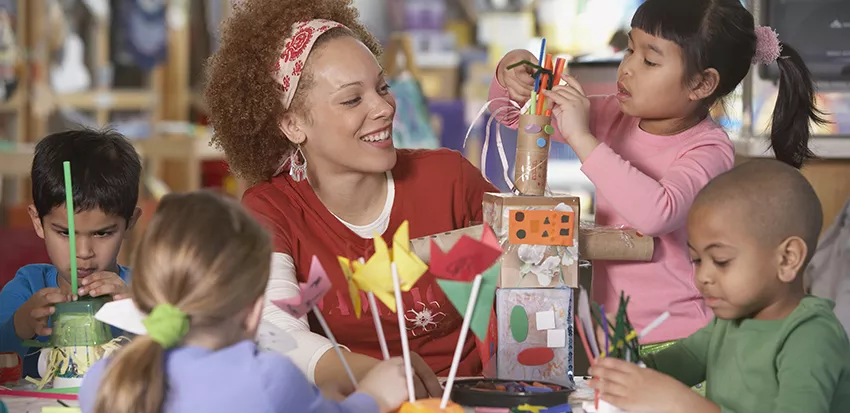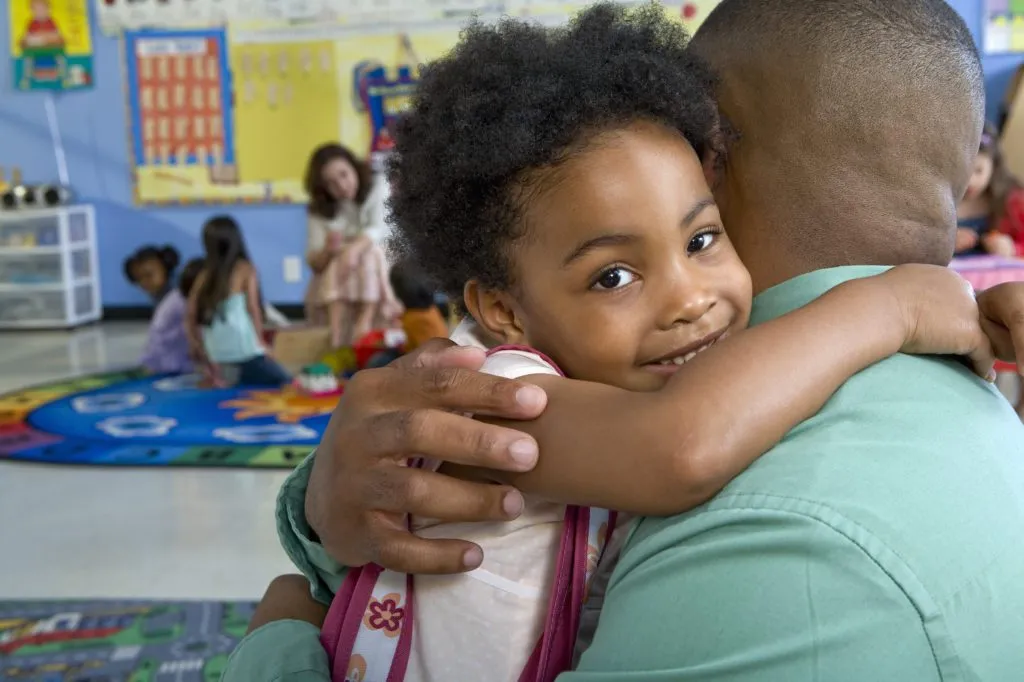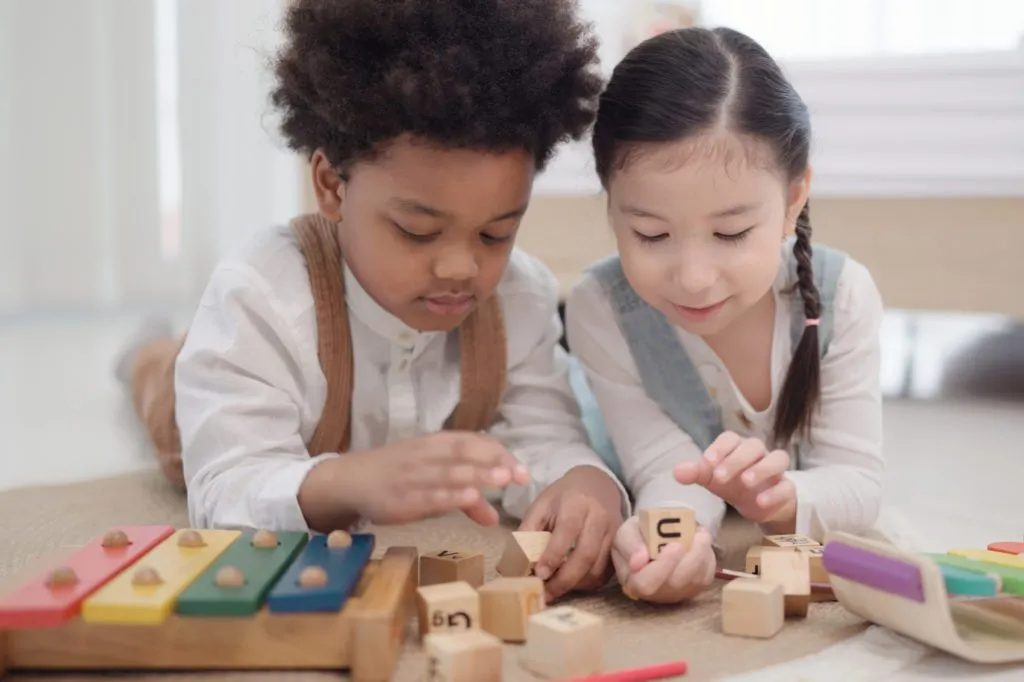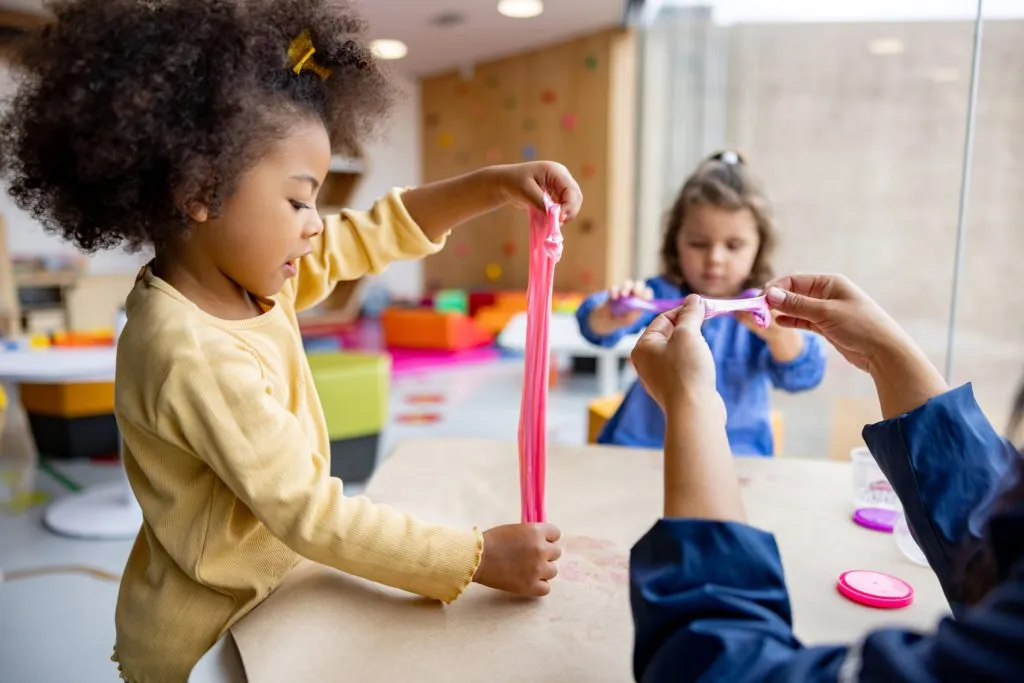The First Six Weeks of School: Invitations to Learning
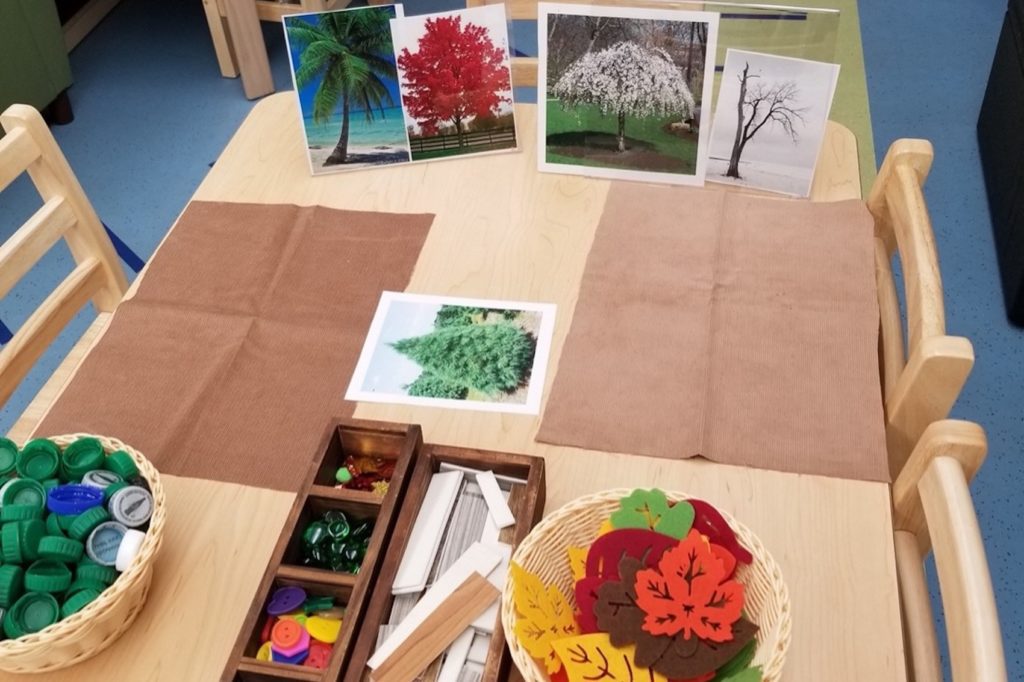
 The new school year is underway. The classroom schedule is established. Interest areas and materials have been introduced. Children understand how to use materials. What’s the next step? In my present role as a coach, I often ask “How are we creating classroom spaces of awe and wonder?” This reflection question usually elicits a conversation about children’s learning and exploration within the interest areas and setting up investigations or invitations to learn. An invitation to learn is a carefully designed space with an assortment of materials and tools for children’s firsthand investigations.
The new school year is underway. The classroom schedule is established. Interest areas and materials have been introduced. Children understand how to use materials. What’s the next step? In my present role as a coach, I often ask “How are we creating classroom spaces of awe and wonder?” This reflection question usually elicits a conversation about children’s learning and exploration within the interest areas and setting up investigations or invitations to learn. An invitation to learn is a carefully designed space with an assortment of materials and tools for children’s firsthand investigations.
How are you helping children explore the various interest areas in your classroom?
Teachers on The Hub have recently been discussing their experiences with Invitations to Learn. Today, we are highlighting some of our favorite ideas that our teacher colleagues shared this week. Here are some golden nuggets of knowledge from this week’s forums.
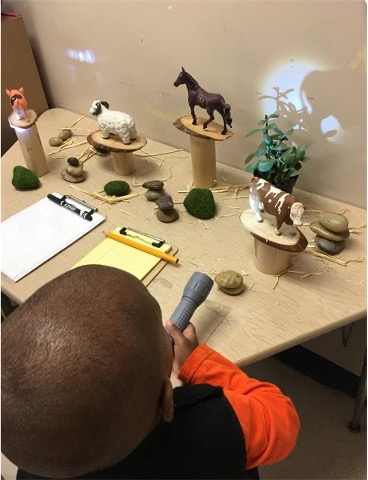 As we prepared for the light study we set up a provocation for children to explore the materials without any teacher direction. The teacher documented how the children explored the materials and what the children knew based on their conversations. This later opened up an opportunity for the children to talk about their experience with the light as a group. The experience was beautiful to witness as they explored the animal shadows getting “bigger and smaller” when they moved the flashlight, they drew pictures of the shadows and quickly realized they were able to see shadows of other items on the table and all around them!
As we prepared for the light study we set up a provocation for children to explore the materials without any teacher direction. The teacher documented how the children explored the materials and what the children knew based on their conversations. This later opened up an opportunity for the children to talk about their experience with the light as a group. The experience was beautiful to witness as they explored the animal shadows getting “bigger and smaller” when they moved the flashlight, they drew pictures of the shadows and quickly realized they were able to see shadows of other items on the table and all around them!
Jessica R., Indiana
Our children enjoy the Discovery Area, which we have expanded over the years to give them enough room to construct, create and build. We continue to add many materials and objects relating to our current study. When we studied Simple Machines, the children designed a trap to catch the spider who frightened Ms. Muffet away (infusing nursery rhymes). They made their own shoes during our Shoe Study and took apart a chair, using real tools, during our Chair Study. We continue to add new materials to our Loose Parts section, which the children enjoy using to create amazing structures and designs.
Collette V., New Jersey
The discovery area is one of our favorite interest areas in the classroom. I think that one of my students’ favorite parts of this center is that they are collecting and contributing some of the materials!
Katie M., New Jersey
Creating Spaces of Wonder
Another great resource for getting started with “Invitations” is The Creative Curriculum for Preschool, Volume 2: Interest Areas. Chapter 6, for example, discusses discovery trays. A discovery tray is a way to provide focus and understanding of scientific concepts. On a discovery tray, a teacher might provide an assortment of seeds, tweezers, and egg cartons for sorting different types of seeds or “loose parts” with which to build and create: everything a child needs to begin a project of her own choosing, that naturally catches her interest, is in one place!
The following guidelines can be utilized to extend the idea of discovery trays into other interest areas.
Observe
-
- What are children playing and discussing?
- What is the content of their play?
Reflect
-
- How can I sustain or enrich the play?
- What objectives for development and learning are children practicing?
- How can I scaffold this learning?
- What materials could be utilized for this exploration?
Respond
-
- Gather materials.
- Choose a background for the materials.
- Think about a question that would spur investigation.
- Provide materials for children to represent and document learning.
Every child and every community are unique, and interest areas and invitations to learn will vary from class to class and community to community. The effort that you put into creating these inviting spaces will support discovery and learning throughout the rest of the school year. Observe, reflect, and respond to the magic of children’s learning! Plant the seeds of wonder and awe: create invitations to learn.
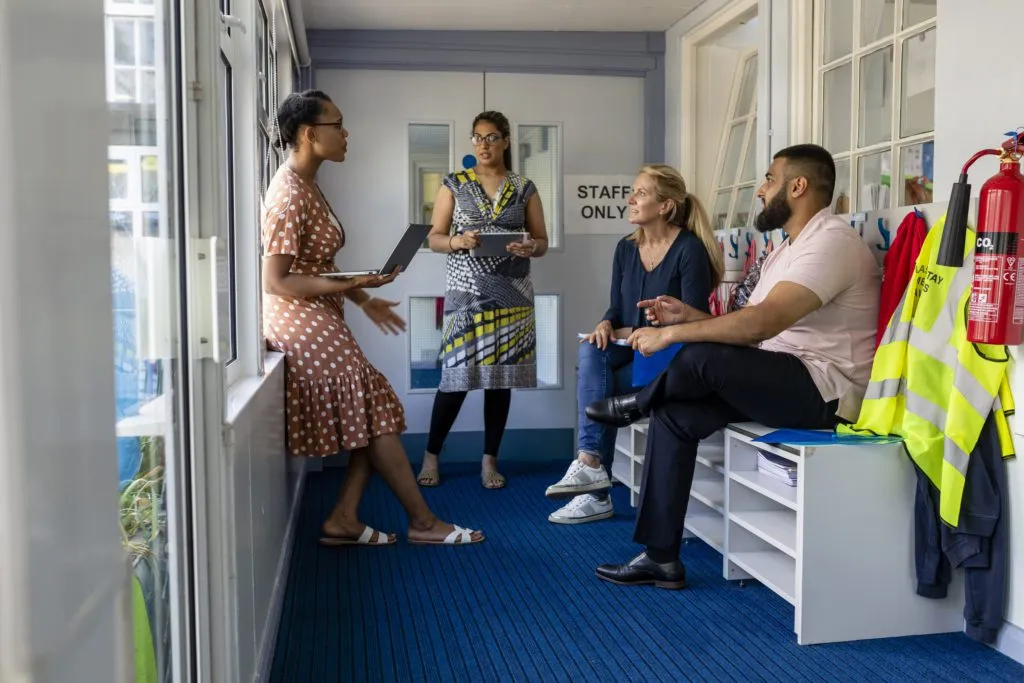
Interested in joining the conversation?
Teachers with access to the Teaching Strategies platform can join conversations with other educators in The Hub.
About the Author: Terry Beasley, Coach Mentor and PDN Network Trainer
 An educator since 1977, Terry is passionate about project-based learning in which children are playfully involved in investigative work. She has classroom experience educating young children birth through third grade. Outside the classroom, she had the opportunity to experience many roles, including assistant professor in the NC Community College system, director of a private childcare center, director of education at The Greensboro Children’s Museum, administrative positions at the local and state level, and most recently a PDN trainer for Teaching Strategies
An educator since 1977, Terry is passionate about project-based learning in which children are playfully involved in investigative work. She has classroom experience educating young children birth through third grade. Outside the classroom, she had the opportunity to experience many roles, including assistant professor in the NC Community College system, director of a private childcare center, director of education at The Greensboro Children’s Museum, administrative positions at the local and state level, and most recently a PDN trainer for Teaching Strategies
–
